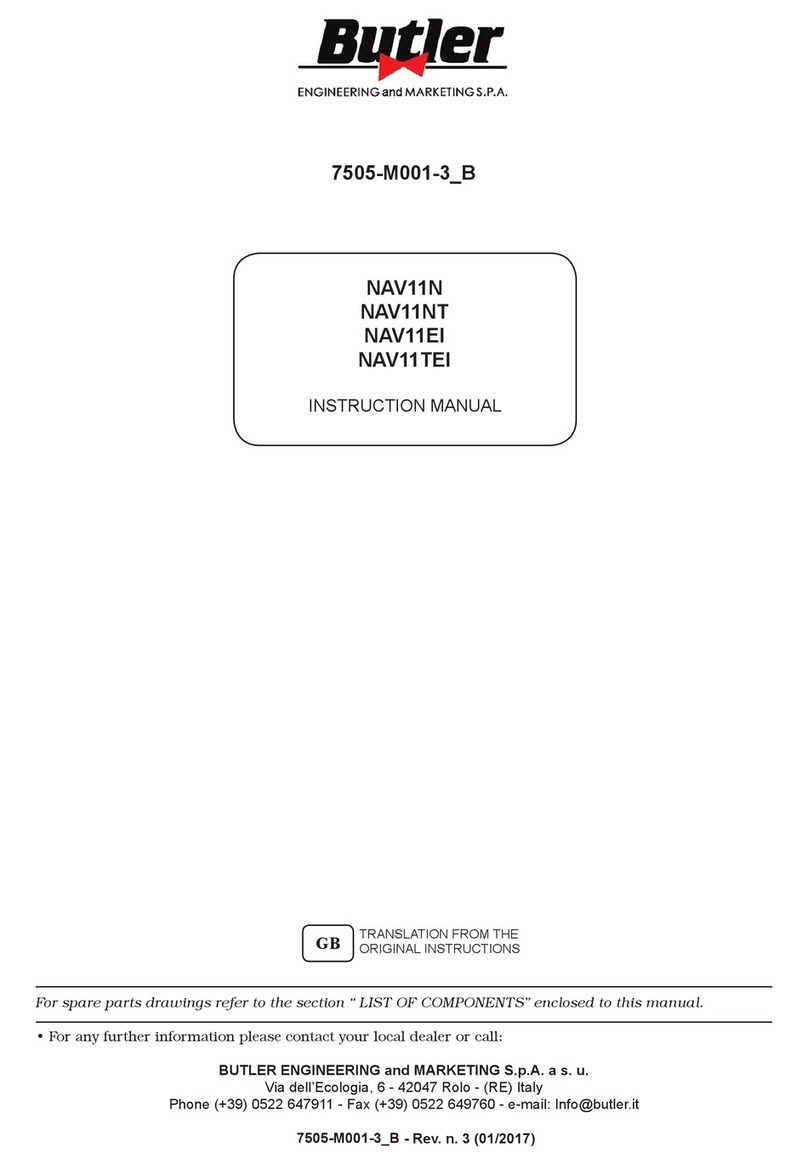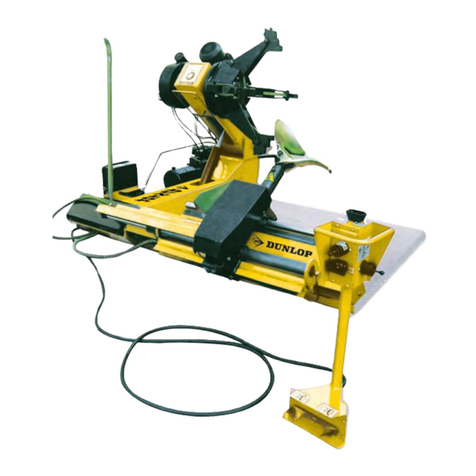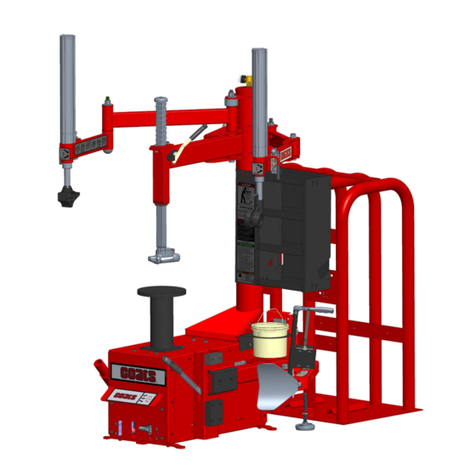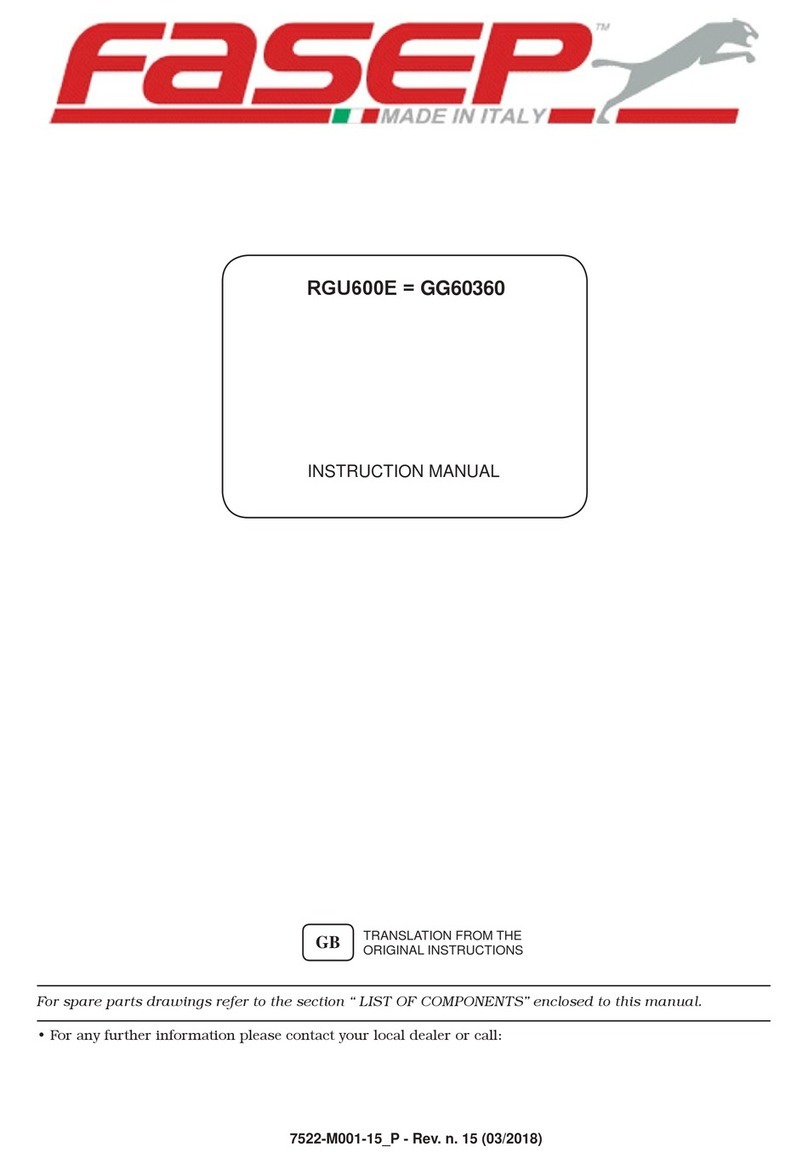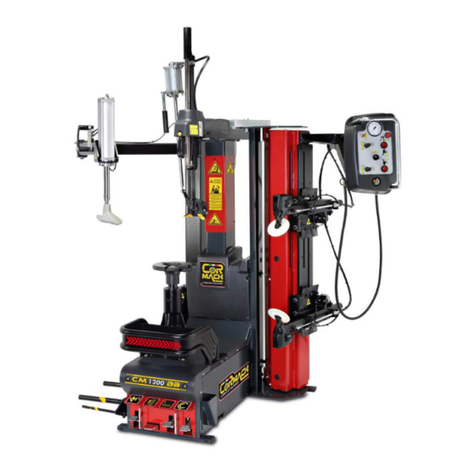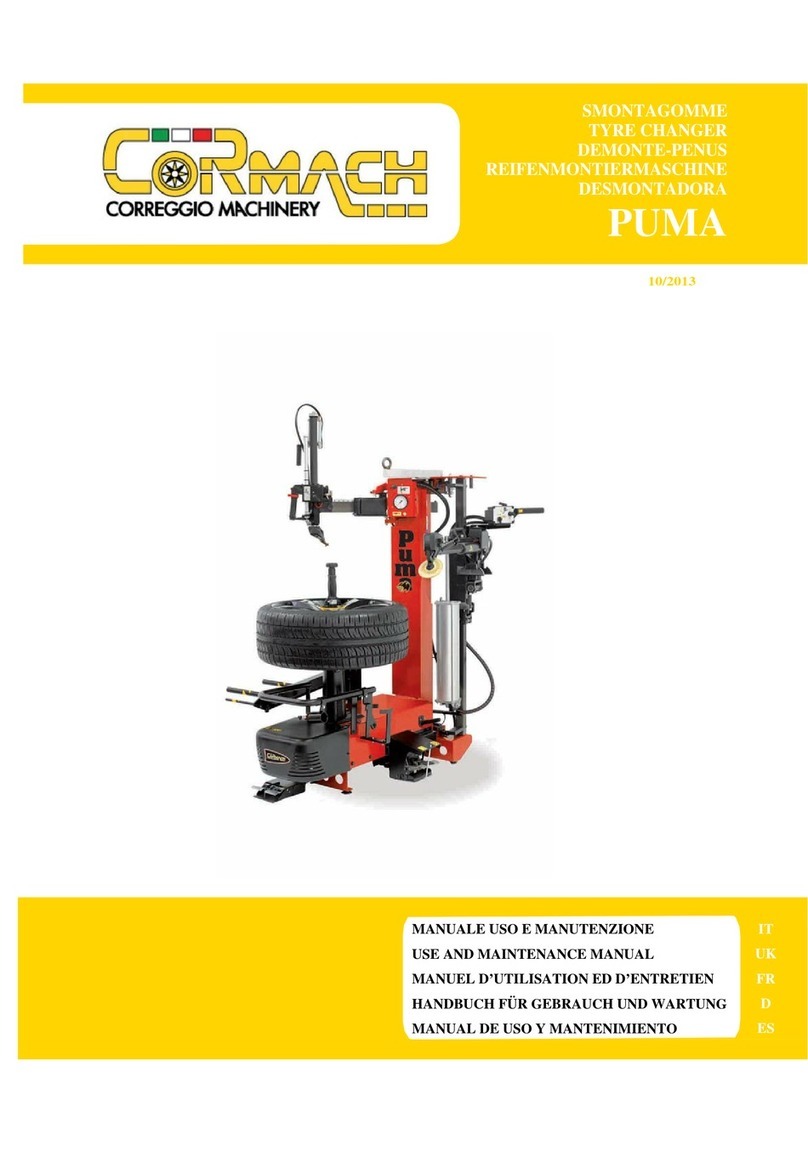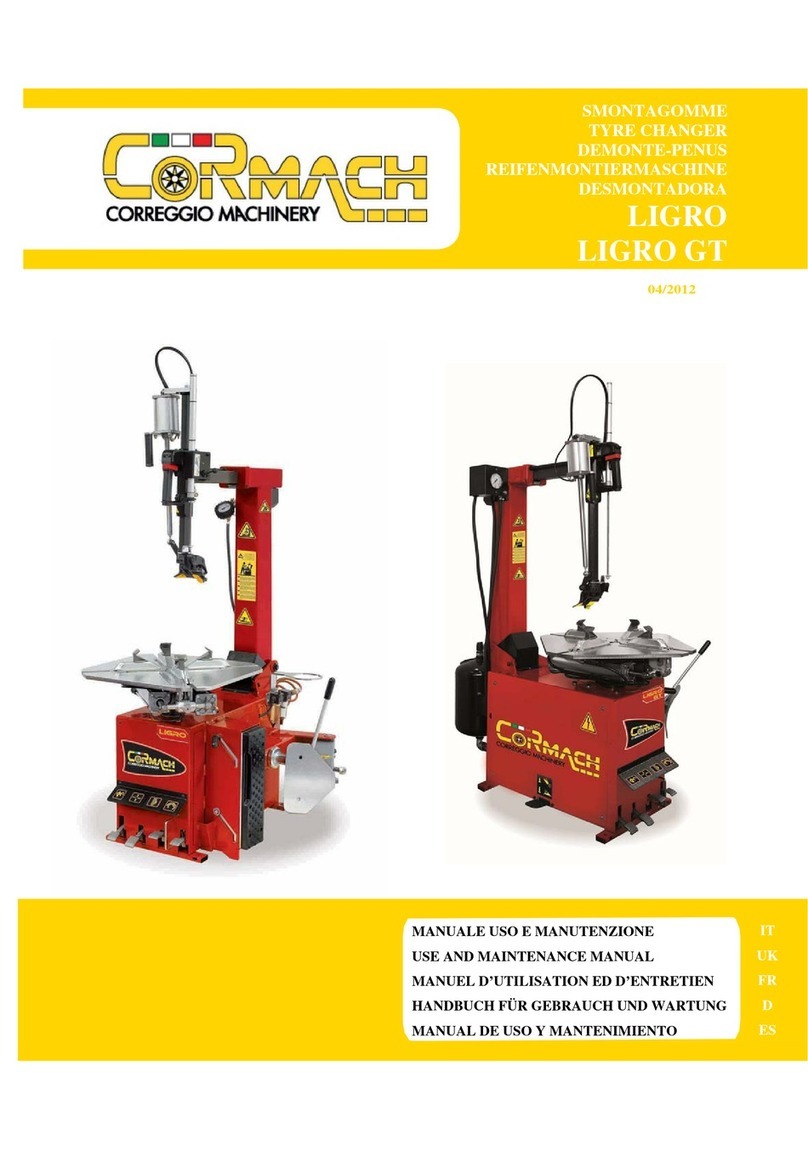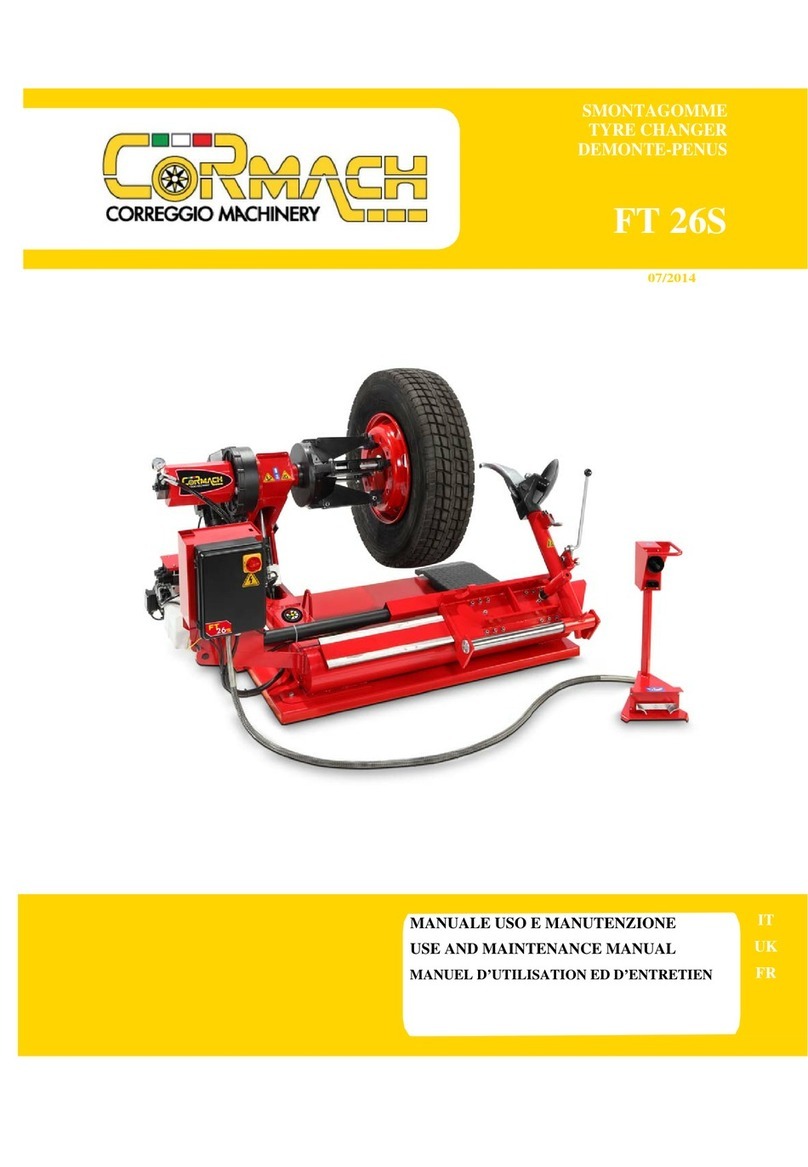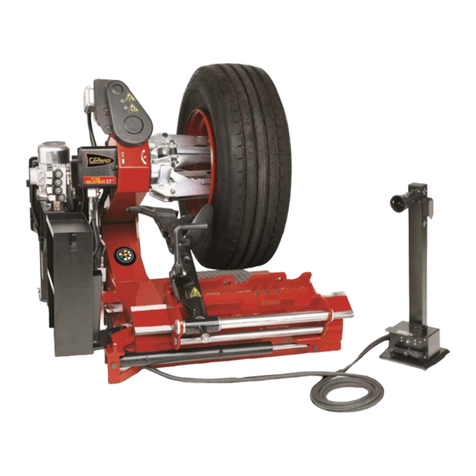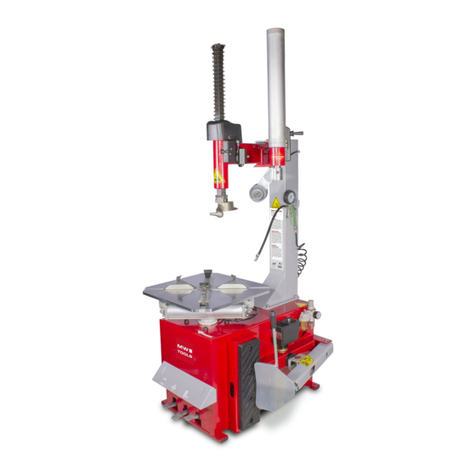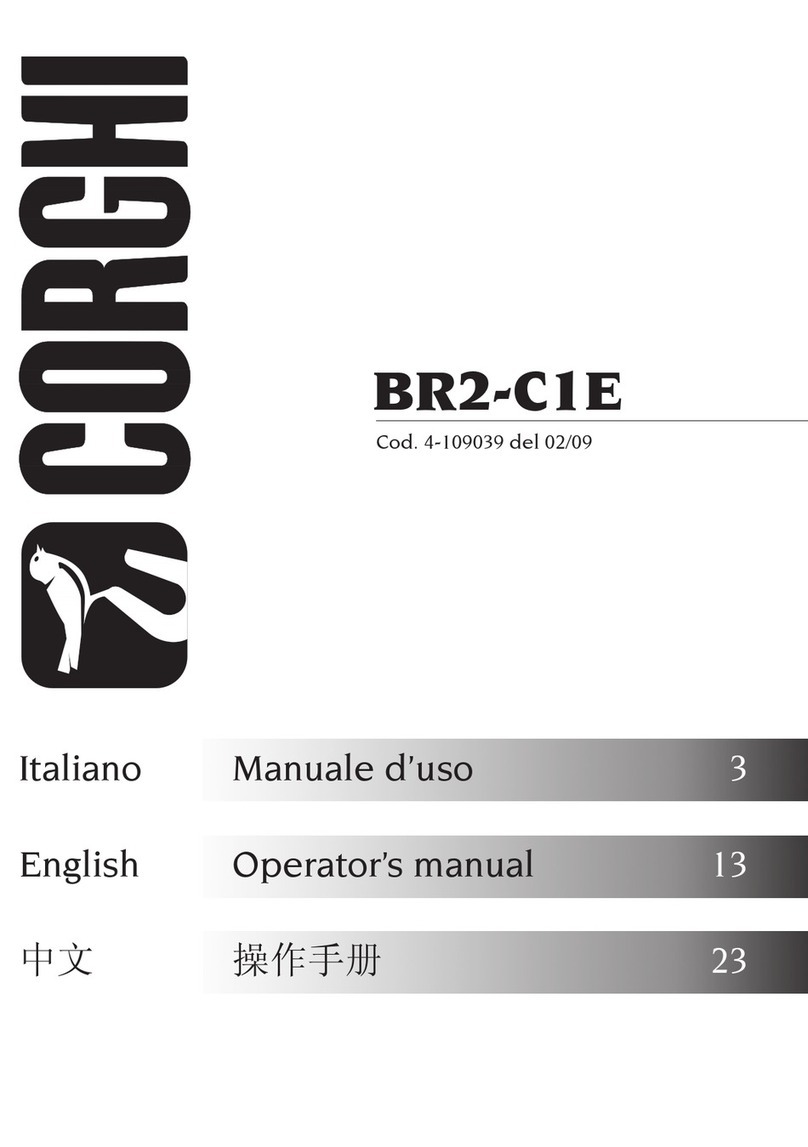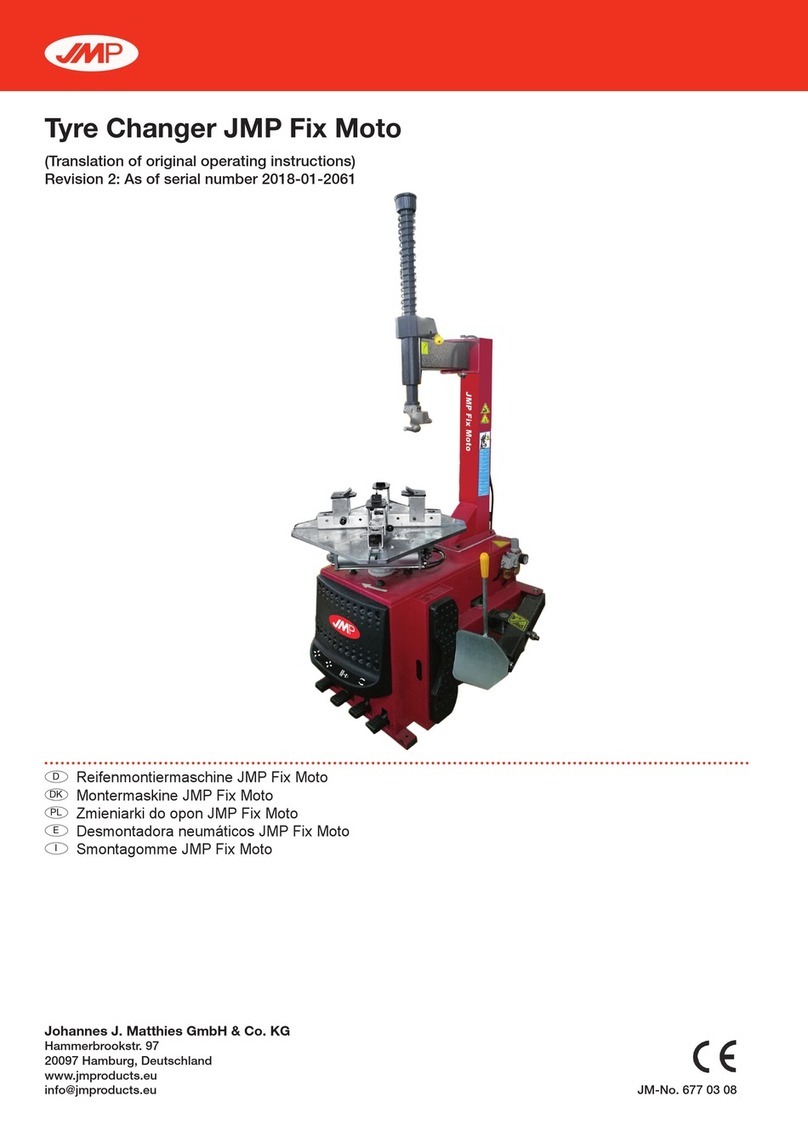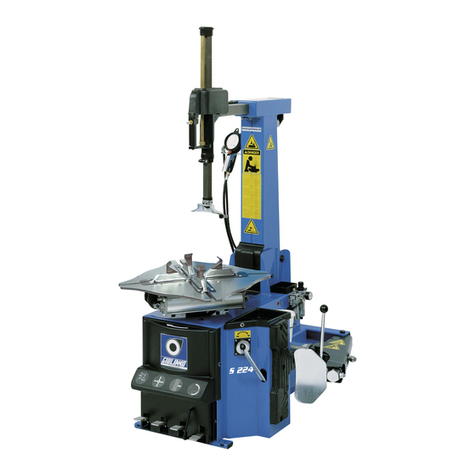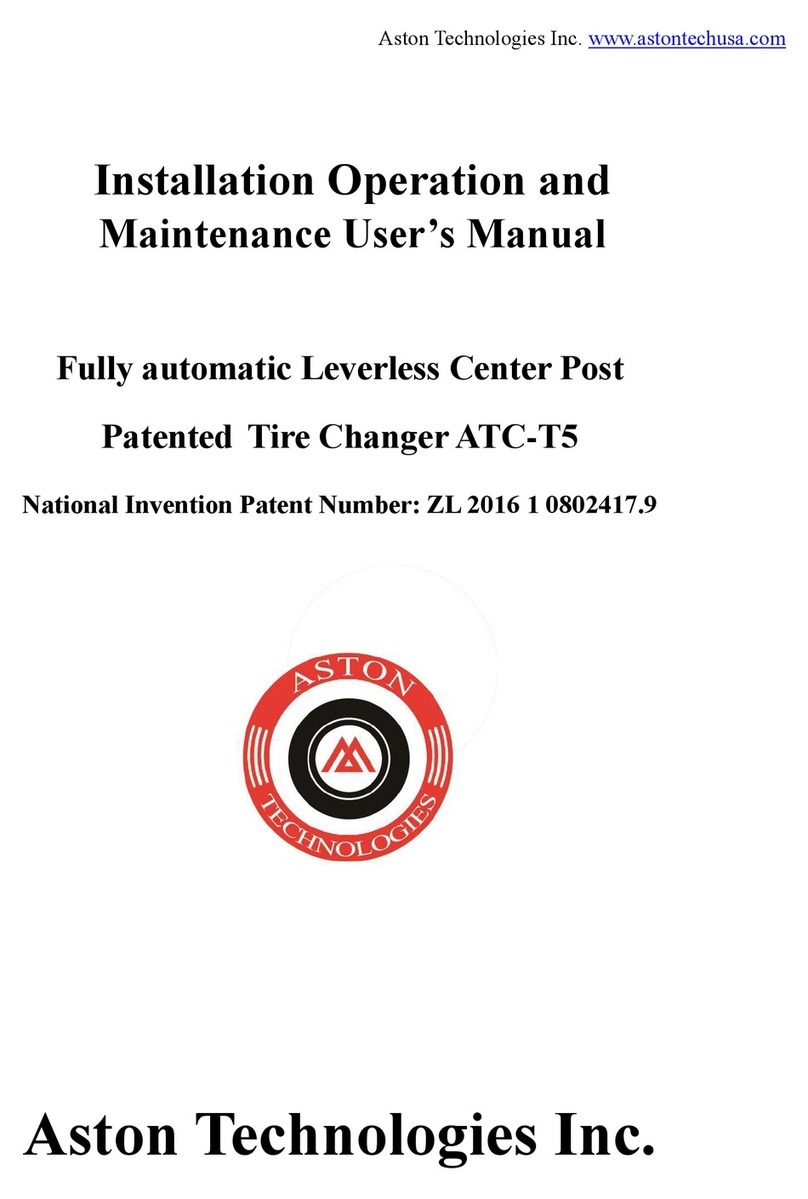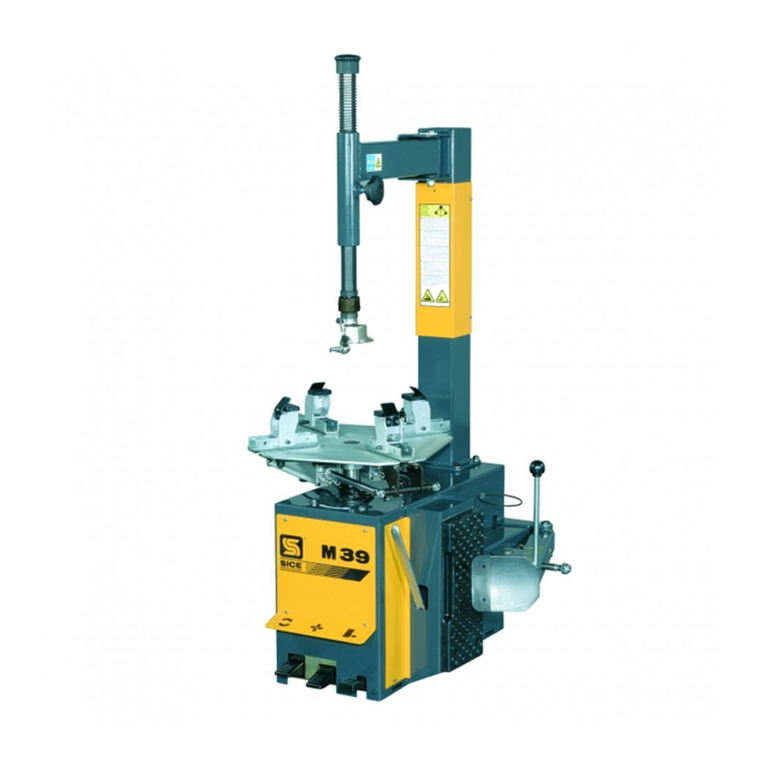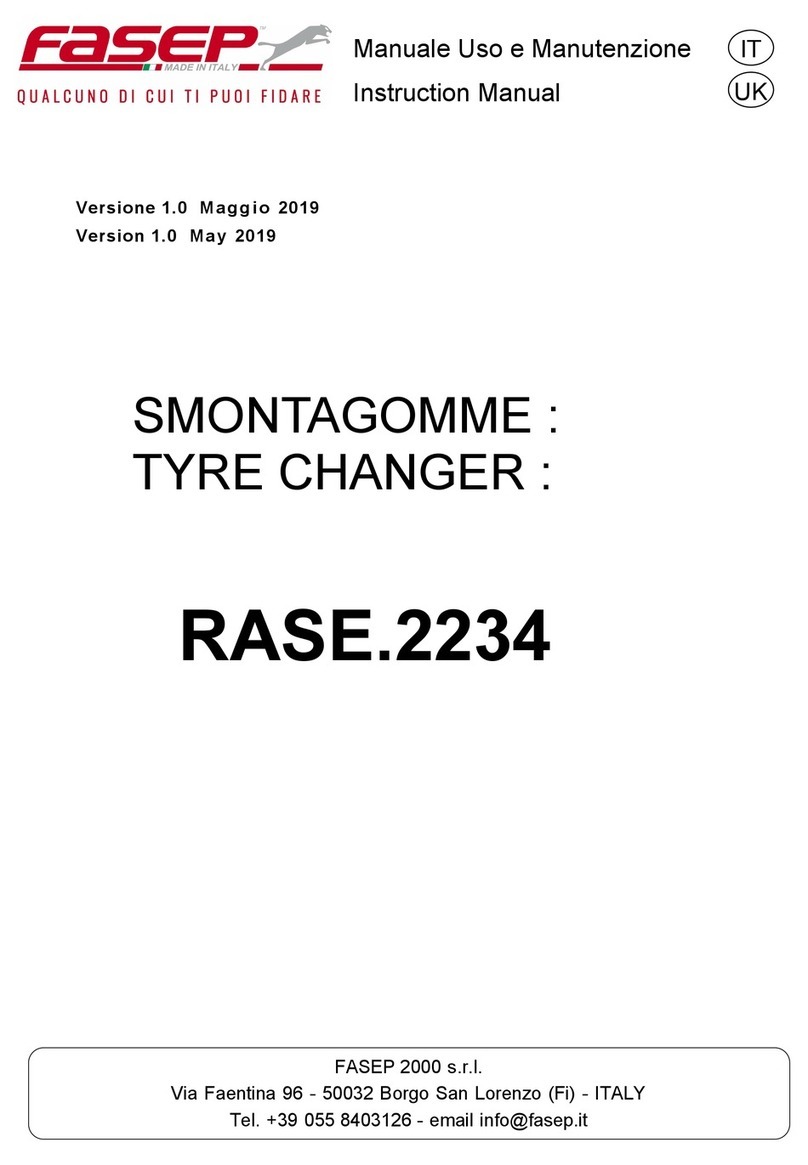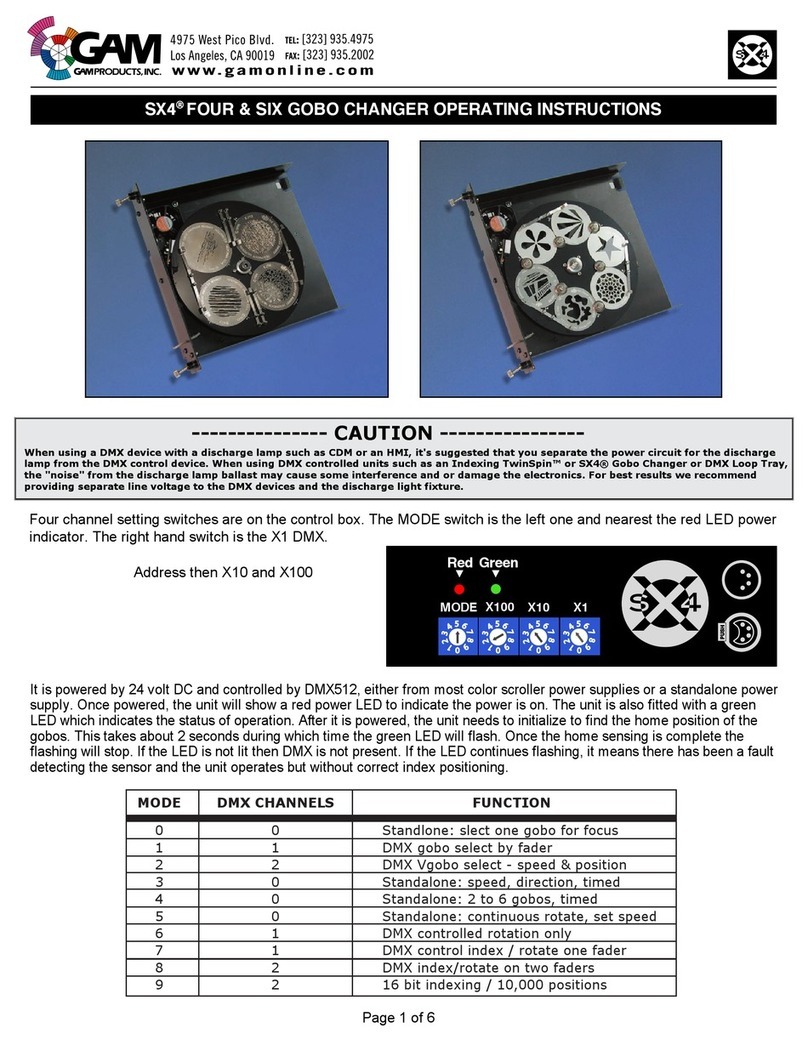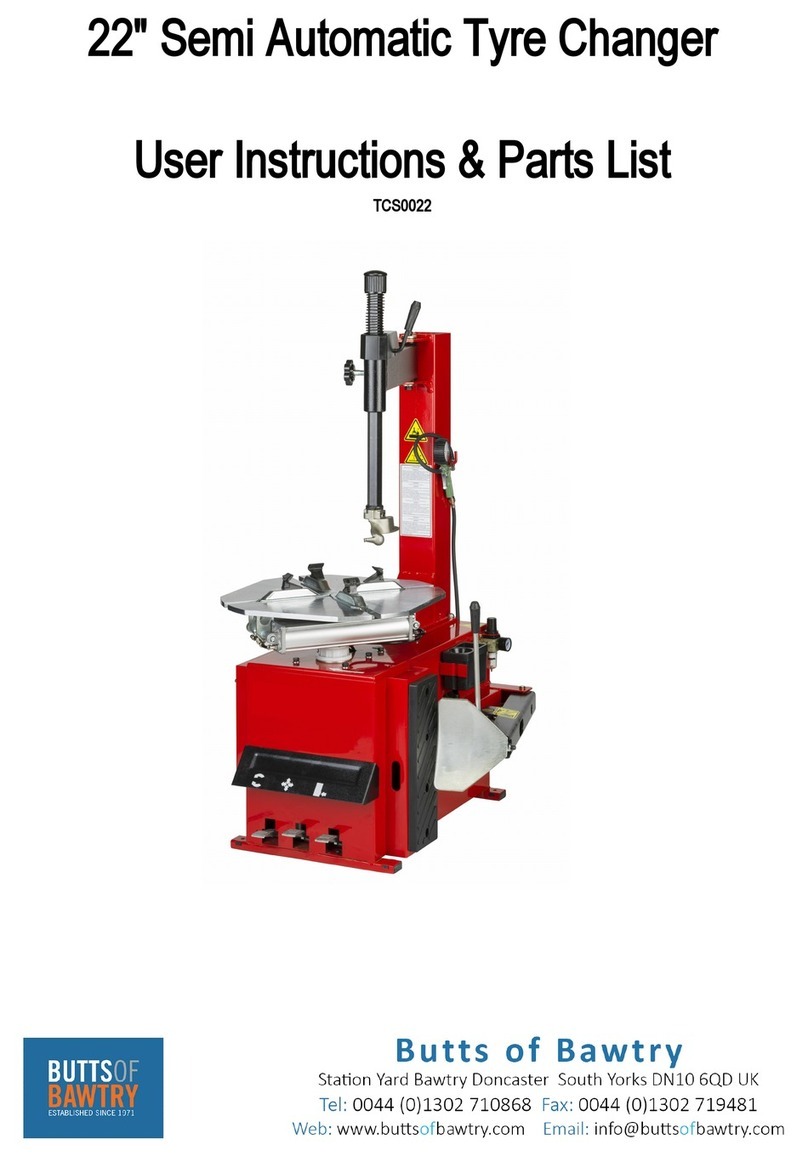
IGB
12
5 INSTALLAZIONE
ATTENZIONE
Al momento della scelta del luogo di installazione
è necessario osservare le normative in uso della
sicurezza sul lavoro.
Ogni apparecchiatura deve essere installata su di un
pavimento stabile e rigido. Devono essere rispettati gli
spazi richiesti per il lavoro.
ATTENZIONE
Nel momento in cui l’installazione è eseguita in
luogo aperto è necessario proteggere la macchina
con una tettoia.
Condizioni ambientali di lavoro
- Umidità relativa: 40° — 95%
- Temperatura:0° — 45°
AREA D’INSTALLAZIONE
L’installazione della macchina necessita di uno spazio
utile di cm 517x635x285.
Dalla posizione di comando l’operatore è in grado di
visualizzare la macchina e l’area circostante.
Egli deve impedire in tale area, la presenza di persone
non autorizzate e di oggetti che potrebbero causare
fonte di pericolo.
La macchina deve essere montata su di un piano oriz-
zontale preferibilmente cementato o piastrellato.
Evitare piani cedevoli o sconnessi.
Il piano d’appoggio della macchina deve sopportare i
carichi trasmessi durante la fase operativa.
ATTENZIONE
viti e tasselli ad espansione solo se si utilizzano
ruote con peso superiore a 500kg.
PROCEDIMENTO DI POSA DEI TASSELLI
1 Forare con punta ø16 mm per una profondità di 80
mm.
2 Pulire il foro
3 Spingere i tasselli nel foro con piccoli colpi di martel-
lo.
4 Stringere i bulloni con chiave dinamometrica, tarata
a 45 Nm (se tale valore non è ottenibile, ciò è dovuto al
foro troppo grande o al calcestruzzo non consistente).
5 INSTALLATION
CAUTION
When choosing the installation site, comply with the
current regulations as regards safety at work.
The spaces necessary for work must be left.
CAUTION
If the machine is installed outdoors, it must be pro-
tected with a suitable shelter.
Working environment conditions
- Relative humidity: 40 — 95%
- Temperature: 0° — 45°
INSTALLATION AREA
An area of 517x635x285 cm is required for installation
of the machine.
From the control position, the operator has a good view
of the machine and the surrounding area.
He must keep unauthorised persons and objects which
might cause hazards outside this area.
The machine must be installed on a horizontal surface,
preferably on concrete or ceramic tile coverings.
Avoid loose or unstable surfaces.
The surface on which the machine is installed must
withstand the loads transmitted during operation.
CAUTION
and screw anchors only if wheels with weight in
excess of 500 kg are changed.
PROCEDURE FOR INSTALLING THE SCREW AN-
CHORS
1 Drill a hole 80 mm deep using a bit ø 16 mm
2 Clean the hole
3 Tap the screw anchors into the hole hitting them softly
with a hammer
4 Tighten the bolts using a torque wrench set at 45
Nm (if this value cannot be obtained, this is because

